7 Simple Steps on How You Can Become a Drone Pilot
Rent film gear from local filmmakers.

Rent film gear from local filmmakers.
How do I become a drone pilot? That is the question.
For you to become a drone pilot – and an excellent one that is, there's a lot of stuff we must cover.
And it's not a straightforward task, so I called in the big shots. To get a proper tour into the world of drones, I called upon Wedio member and professional drone pilot Tim Deighton from SkyReel to let him tell his journey into becoming a drone operator and how you can do it too.
However, before we get that far, make sure to explore Tim's Facebook site and YouTube channel to see some of his incredible work.
Or go directly to the source at Tim's website.
Now, let's continue. As the goal of this article is to provide you with a few delicious tips and tricks that'll leave any want-to-be-drone-pilot-enthusiast watering at the mouth like a Basset Hound wrapped from head to toe in raw, uncured bacon.

What is a drone pilot?
First things first – what is a drone pilot?
If you're interested in becoming a drone pilot, this is the sort of question you might want to know the answer to.
To put it simply, a drone pilot or operator is a person who operates a drone.
How was that for simplicity?
A drone is an unmanned (or unwomanned) aerial vehicle (UAV).
Commercial drone pilots fly drones for companies, government agencies, military groups, and various businesses. They use a drone to collect data or images.
What does a drone pilot do?
Drone pilots can work in many sectors, here among:
- Real estate: Real estate agencies will at times hire drone pilots to take photos and videos of a property.
- Marketing: Companies can hire a drone pilot for a marketing campaign.
- Surveying: Drone pilots help surveyors gather information for new projects and maps.
- Building and construction: Construction companies may work with a drone pilot to create 3D images of a new project.
- Entertainment: Drone operators can also work in the entertainment industry, collecting images or videos for concerts, movies, live sporting events, etc.
- Insurance: Some insurance companies use drone pilots to gather information regarding insurance claims.
- Safety: Drones can gather thermal imaging data, which can help public safety professionals, such as firefighters.
What skills do you need to become a commercial drone pilot?
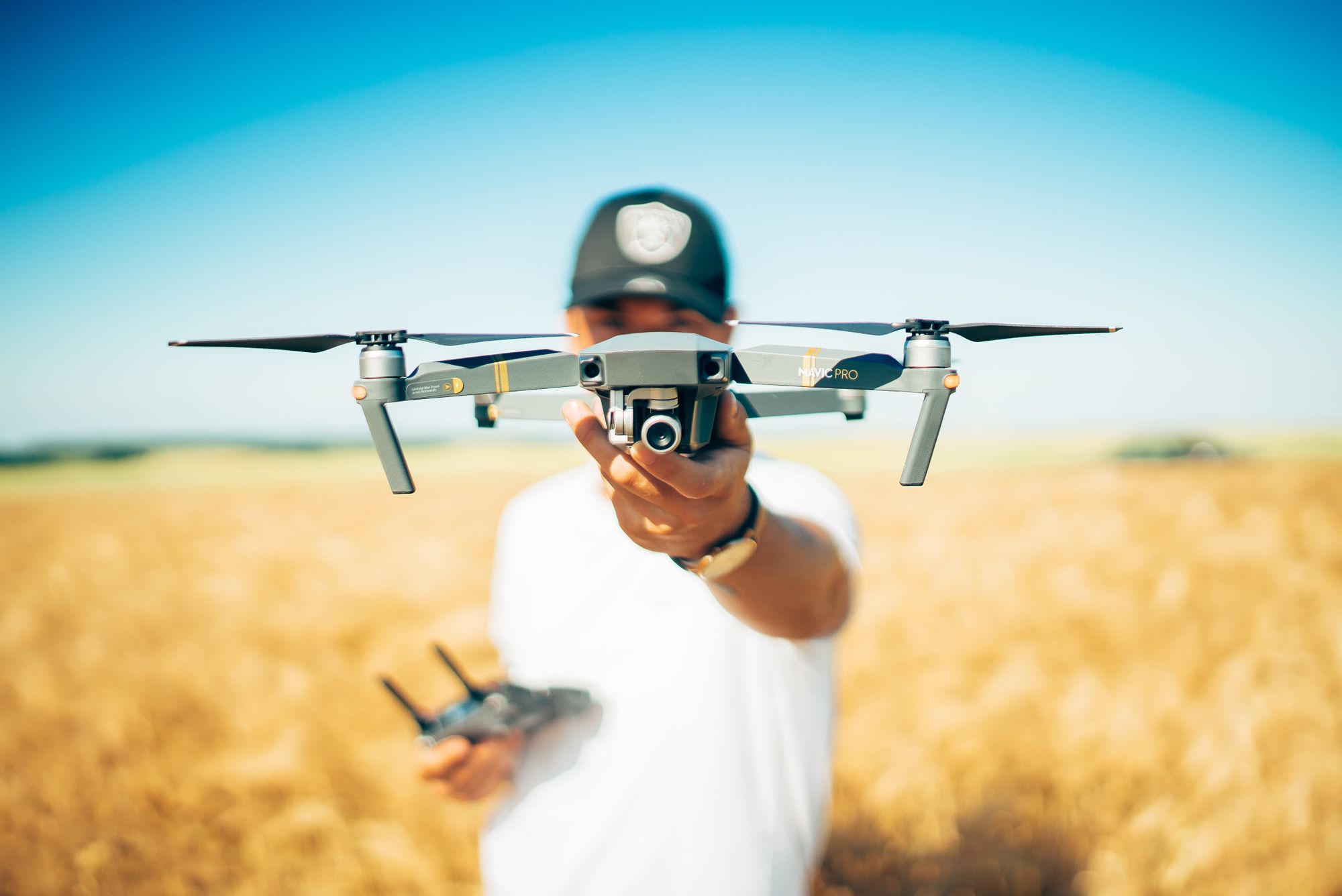
As Tim puts it, flying a drone allows you to explore new angles, new camera movements, and new perspectives, like no other type of camera can.
Thanks to drones, we get to see the planet as we've never seen it before – drooling yet?
Following professional drone operator Tim's advice, you need to have a couple of skills to become a drone pilot.
Have the mindset of a photographer
shutter speedsaperture
Understand how a videographer thinks
cinematography
Must have perfected the art of flying a drone
Aerial video calls for smooth and continuous movements; otherwise, things look jerky, amateurish and can harm your listing. The pilot must have the technique and experience to execute cinematic drone manoeuvres while remaining calm and level-headed. To become a drone pilot, you must understand basic principles of flight, the sciences of lift drag and aerodynamics.
Have the basic knowledge of a meteorologist
You must understand the weather, cloud formations, isobars, air pressure. All this affects the quality of a shoot.
To become a drone pilot, you must be an airman
You must know how and when to communicate with ATC. You must know when the skies will be filled with adrenaline junky pensioners chucking themselves out of aeroplanes. You must know how and when to report incidents to the correct organisations. You must demonstrate good judgment and well-developed skills to accomplish flight objectives. A high state of situational awareness to identify dangers early, etc.
You may discover the Operation Area is near an airports Flight Restriction Zone, and so you'll need to demonstrate good airmanship and inform Air traffic Control of your Flight Plan. You must check with various Aviation websites and make sure the skies will be filled with Hot Air balloons.
Is there a School nearby or a prison? These are no-fly zones for drones and must be avoided in the flight plan. Quite often, there may be a Helipad or small private runway nearby. They'll all need to be contacted and informed. So do the local police if the flight is near a town or village.
All sorts of Dangers and hazards may be identified, such as Pylons, trees, and possible military activity. They need to be noted and mitigated to an acceptable level.
Acquire the skills of a Ukulele Player
Well, you need something to do while you're waiting for the rain to pass! Lots of feathers, lots of caps.
There are cases, of course, where such an array of creative skills isn't necessary. If you just need a land surveyor property inspection and just presenting to the boardroom, hiring David Bailey may be overkill. But a whole range of specialist skills is still necessary along with specialist equipment.
As this industry has matured, we see drone pilots diverge into specialist areas such as site inspection and surveying. This expanding industry suits drone pilots who perhaps are more technical than creative.
What should you consider before take-off?
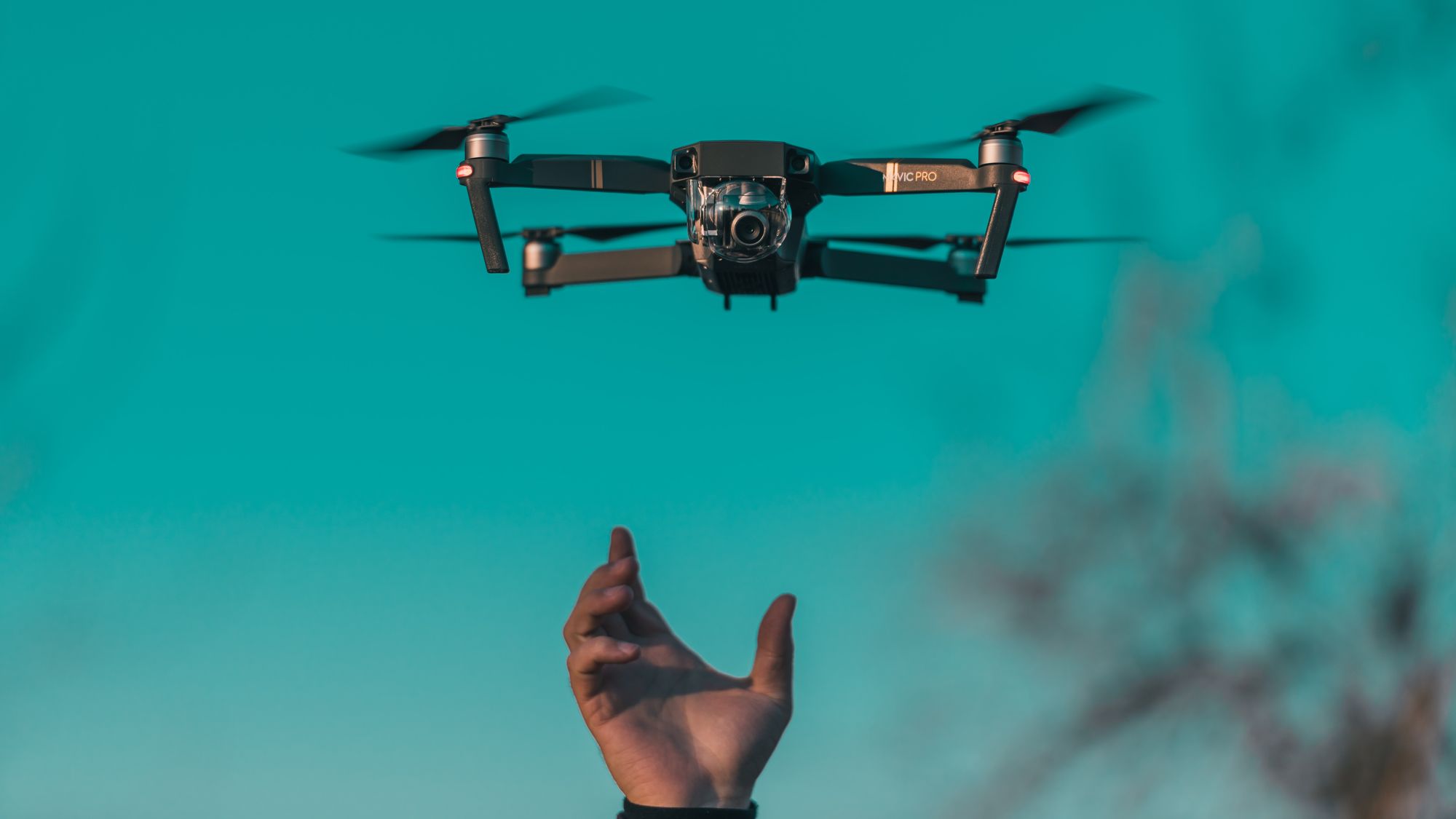
I believe Abraham Lincoln once said, give me six hours to chop down a tree, and I will spend the first four sharpening the axe.
When asking yourself how to become a commercial drone pilot, planning and drone flying functions much like Nitrous Oxide do for the Toyota Supra.
Before going in-air, and especially as a newcomer to the drone family, planning is essential. You must set aside a fair amount of planning before you let your drones loose.
Typically, the operator will need to spend at least a morning studying several Maps and assessing whether the operation can take place safely and legally at the location.
You need to carefully examine the maps, identify hazards, and develop a list of control measures. The number one priority must be the safety of others. If there are any doubts, the operation must be aborted or delayed until corrective actions are in place.
Think about privacy when starting out your drone pilot career
Privacy is a big concern. Many people are still nervous and sceptical about having drones flying around their neighbourhood. A pilot has a responsibility to contact all residents affected and make.
Besides those nitty-gritty details, there are a few things you also need to consider if you want to become a drone pilot.
Yes, things that will be covered now.
To make it a little bit more digestible, we've divided your "how do I become a drone pilot"-question up into steps.
Ready to take the first?
How to become a drone pilot
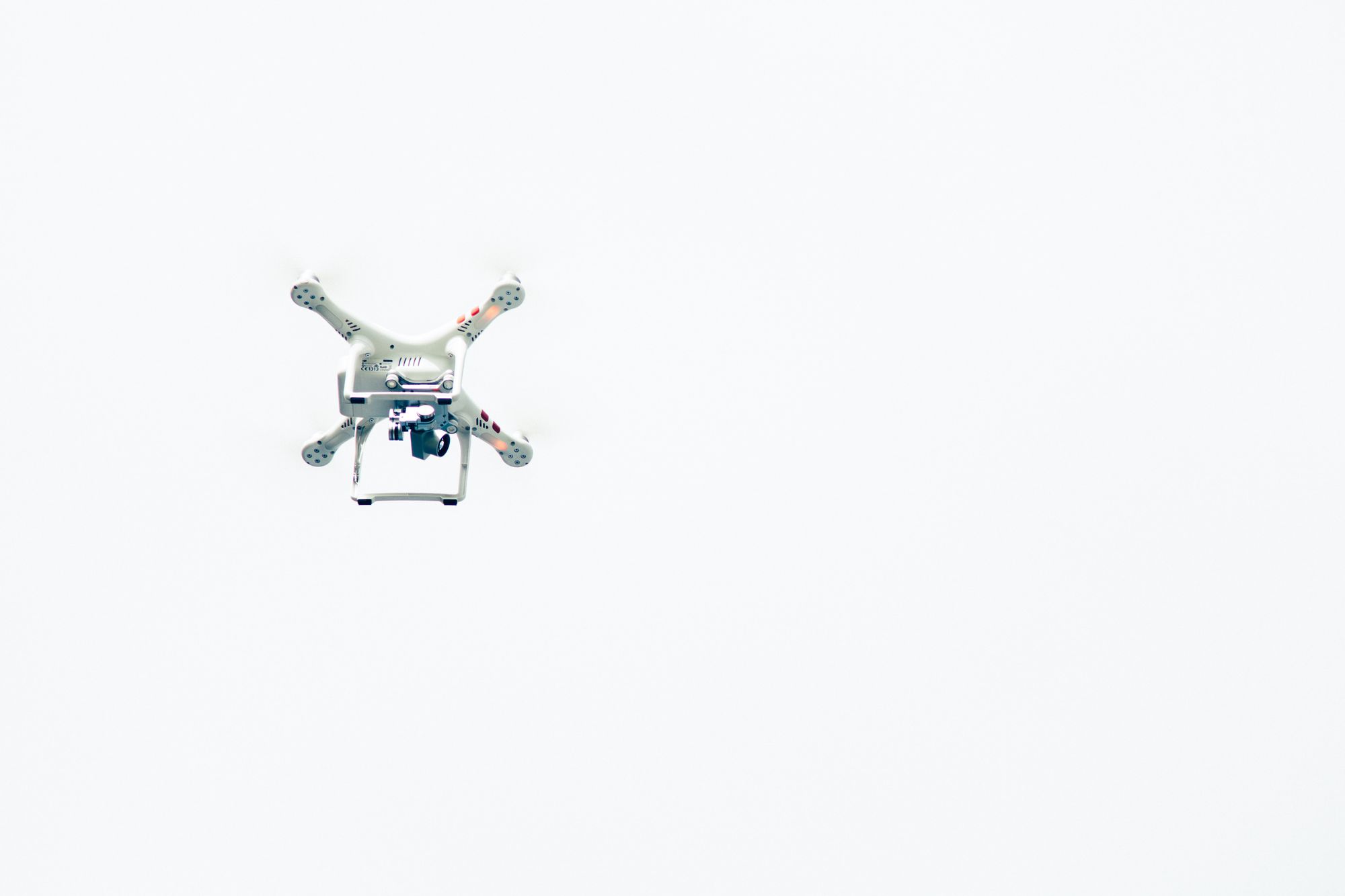
If you want to become a commercial drone pilot, you need to:
1. Subscribe, rent or buy a drone
For you to become a commercial drone pilot, you need to have a drone.
If you join a company, many will be able to provide you with a drone. However, most drone operators do acquire their own to practice their technical skills.
In which case, you can try renting our subscribing to a drone.
You can also find all the essential camera equipment every creator needs when entering the photography field.
2. Study and prepare
As a commercial drone pilot, you need to earn yourself a certificate through the Federal Aviation Administration (FAA). And just like doing an exam, it helps if you study. So, review the latest eligibility requirements and guidelines.
You can study independently, or you can join an online study group – which might come in handy if you're into group work. Consider exploring study options near you, such as online training courses or study guides to help you prepare for your exam.
3. Pass the FAA exam
Once you've prepared, register yourself to complete the knowledge test at a local FAA testing site. You'll have two hours to complete the test. The test has 60 multiple-choice questions covering various topics, including:
- Drone laws and regulations
- Flight restrictions
- Aviation weather plans
- Airport operations
- Maintenance operations
4. Obtain a remote pilot certificate
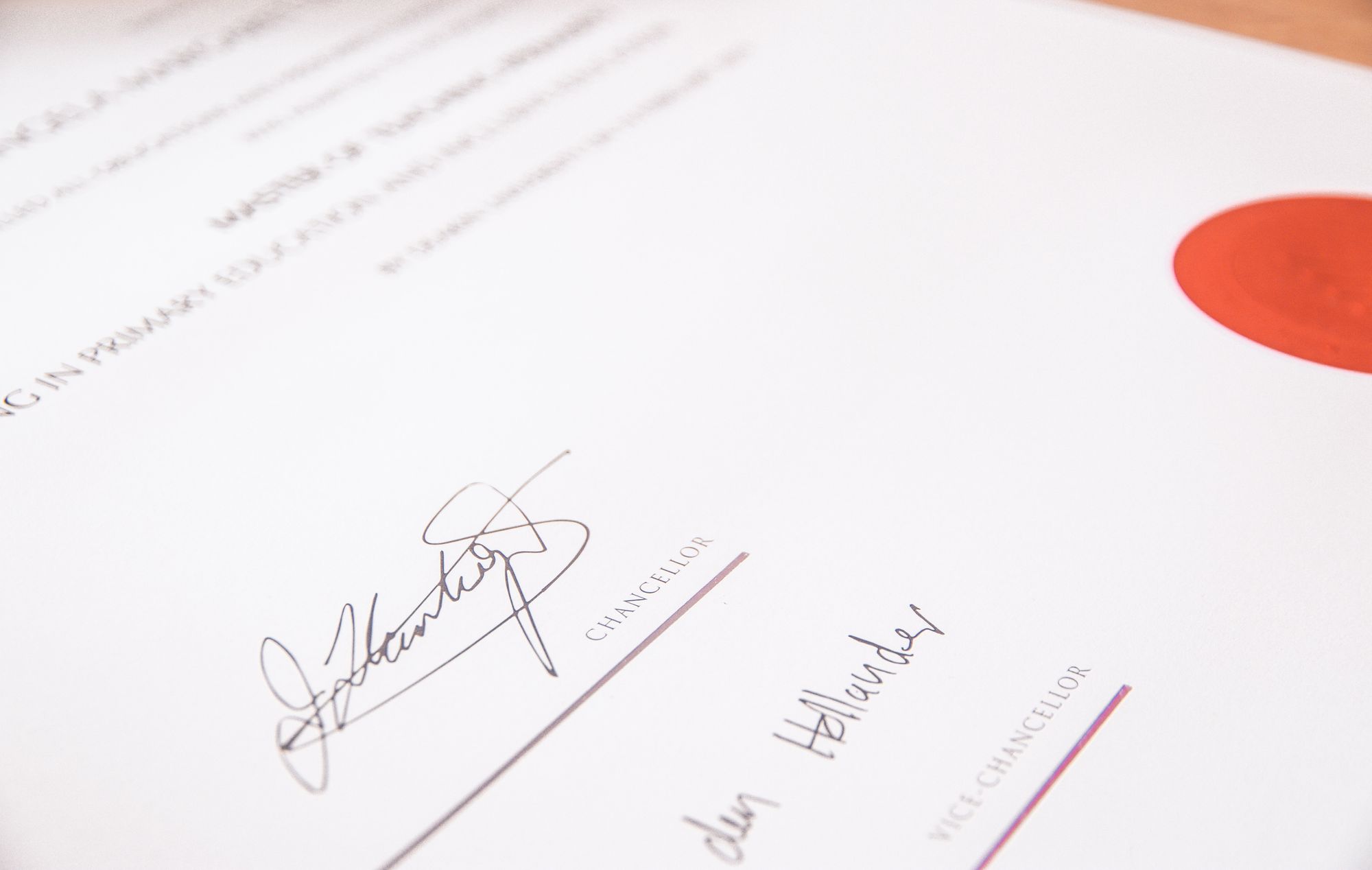
After you've passed your FAA exam, you can complete an application online for a remote pilot certificate.
The people at the FAA office (which I personally imagine includes slides, disco tunnels, and a foosball table) will then reviews your application, conduct a background check, and from there if you're deemed worthy... mail a drone pilot certificate to you.
Sidenote – if you're looking to obtain a drone pilot certificate in the EU or the UK (thank you, Brexit), you'll need to go through UK's Civil Aviation Authority (CAA) office. The CAA divide drones into three distinct categories based on their weight and use.
The open category
This category covers most forms of commercial drone use. These drones, however, can't fly over any "uninvolved people," without exception. The subcategory A2 drones can fly within 30 horizontal meters of uninvolved people and get as close as 5 meters if using the low-speed mode function.
Most commercial drones belong to subcategory A3. This class of drones can only fly in an area where uninvolved people and buildings are outside your visual line of sight, typically about 150 meters.
The Specific and Certified categories
These categories include drone uses with a greater level of risk. Drones covered in the Specific category require specific authorisation before any given flight. In some cases, however, a pilot only needs to declare their intention to fly in advance. For Certified category flights, both the drone and operator must have special licensing.
Once you've determined which category best describes your situation, you can begin the licensing process by registering with your area's National Aviation Authority. Each country in the EU has its own NAA (The UK's licensing process is handled exclusively by CAA). It's on you to ensure your drone is appropriately insured in your country and take the test for your category.
Each test has 40 multiple-choice questions. Potential subcategory A2 pilots also need to answer an additional 30 multiple-choice questions about subjects like mitigating ground risk.
Before switching to the EU model, the UK required drone users to apply for permission (or a license) for any commercial purposes or flights more than 400 feet above the ground and within a set distance of crowded areas.
5. Register your drone (if needed)
Once you got all the banalities covered, you can begin flying. If you got your certificate through the FAA office, you need to register your drone. This you can do online, and it'll be valid for three years.
6. Practice your flying
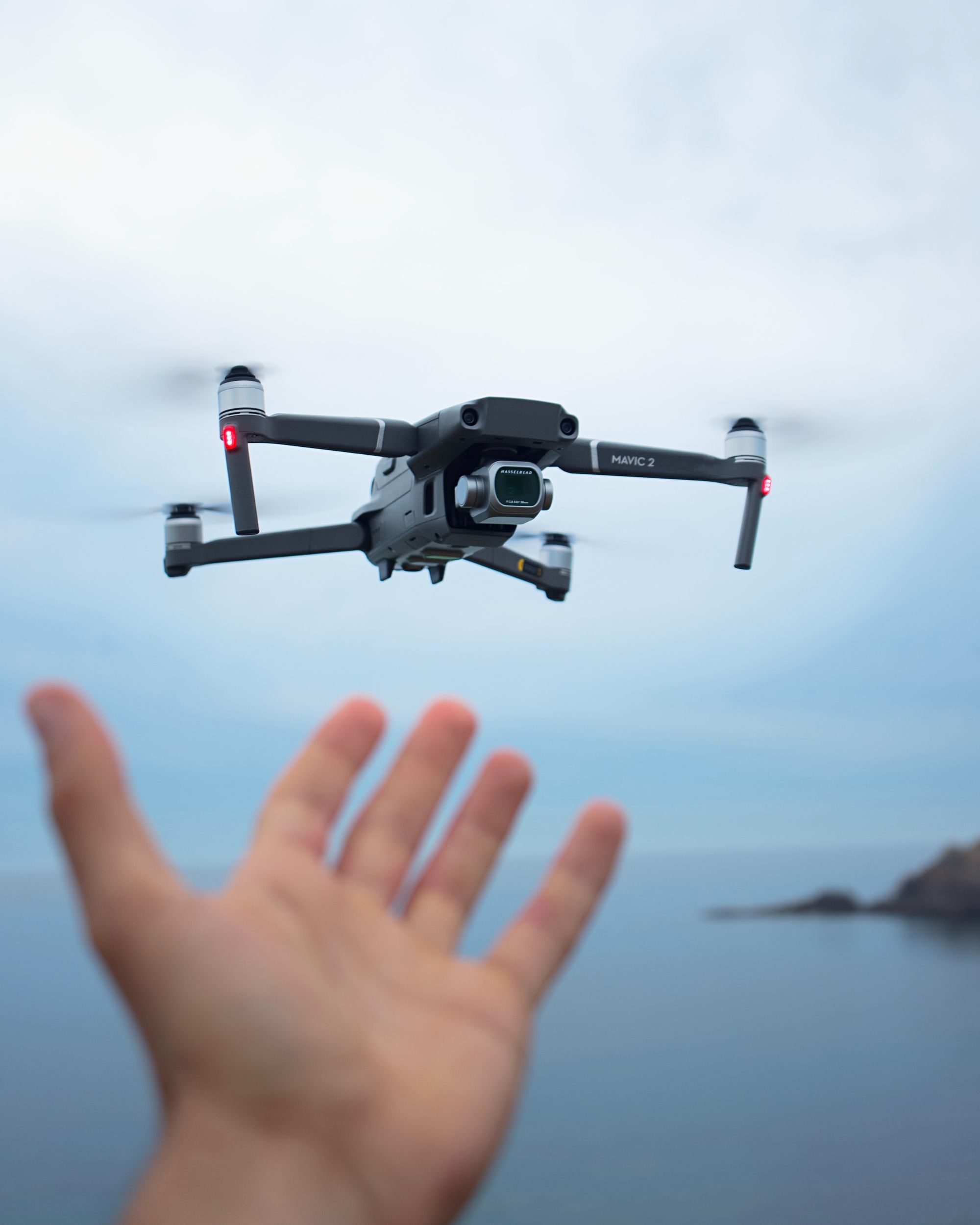
Once you have your certificate, you can begin working as a commercial drone pilot. Having that certificate is excellent; experience flying a drone is supercalifragilisticexpialidocious.
When looking for a drone pilot, many employers will look for whether you have flying experience. So, consider, once you got that golden certificate in hand, get out there and practice your flying skills, it'll help you score more roles.
7. Find a career opportunity that suits you
Once you become a drone pilot, you can decide how your day looks (almost).
Think; is there a particular type of industry you want to work within? Do you want to practice drone photography or filmmaking? Do you want to do it full time or more as a part-time hobby?
You may consider starting your career as a drone pilot by completing projects as a side job. You could, for example, work another job and complete part-time drone projects in your spare time. That helps you develop your technical skills, build client connections and gain experience while earning additional income.
Now, everyone, raise your hands, jump in the air like you just don't care and give me your best Ace Ventura Alrighty Then!
Because if you do this – you're well settled on your quest in becoming a drone pilot.























